
Today, we are getting used to traveling by ourselves using Japan's trains and buses. Throughout the past three days, we have been traveling by train, bus, and on foot. The only exception is taxis, as we cannot afford the exorbitant taxi fares in Japan. Haha.
On the morning of the fourth day in Fukushima (October 30, 2017), as usual, we were still being battered by the effects of Typhoon No. 22. So, we slept in and listened to the sound of the rain. Later, we gathered in the dining room to plan our day and see what we could do. We decided that on Day 4, we would use the Aizu Wakamatsu One Day Pass to explore the city of Aizu. We figured there must be something interesting to see there, although we didn't know what it was. It seemed like an interesting idea to explore the city where we were staying.
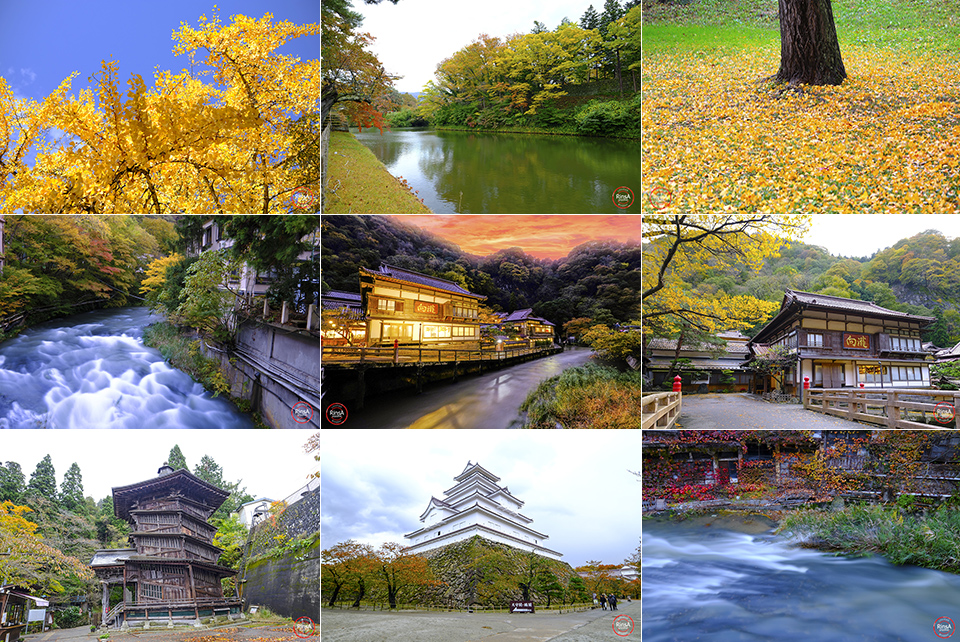
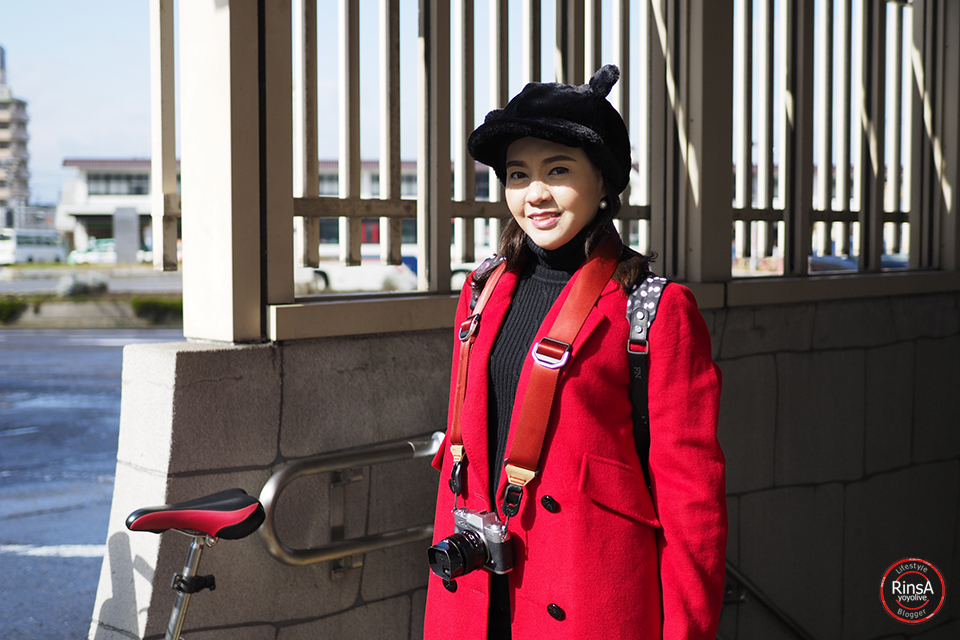
It was late in the afternoon, and the rain had finally stopped, making way for the bright sunshine.
I was feeling quite adventurous, thinking that the rain had probably stopped for good. However, I didn't want to be caught off guard, so I grabbed my trusty transparent umbrella that I had bought from 7-Eleven.
I must say, I absolutely loved the transparent umbrellas we used throughout our trip. They served as excellent photo props and provided good protection from the rain. Even in strong winds, the umbrella's ribs remained intact.
In fact, I liked this umbrella so much that I brought it back to Thailand with me!
Speaking of our accommodation, the Washington Hotel in Aizu, where we stayed for four nights, had an excellent location.
It was just 350 meters from the train station, close to 7-Eleven, restaurants, an onsen, and the sightseeing bus stop.
Everything was within walking distance. The only downside to the hotel was that the rooms were a bit small, and the staff didn't speak English. Therefore, we won't be reviewing this hotel on this trip.
To be honest, we weren't particularly impressed with the accommodation.
And here is the ticket for the city sightseeing bus, a one-day pass that costs 500 yen (150 baht) per adult.
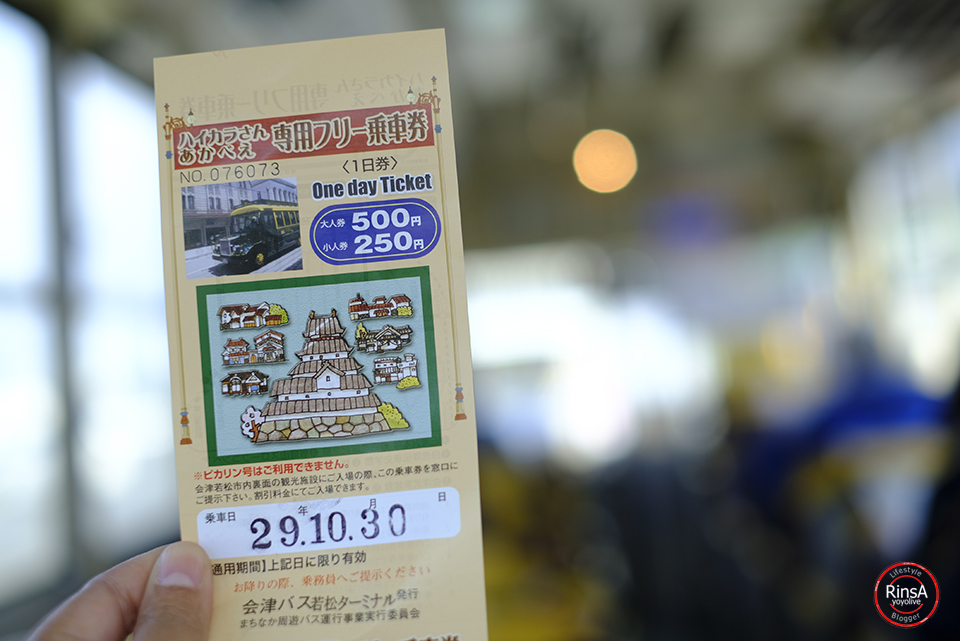
The bus stop is located at the same spot where we arrived on the first day. It's a green bus with a signpost number 6.
The buses depart regularly and run in a loop.
The customer service staff at the ticket booth showed us a map, but it was all in Japanese, so we couldn't understand it.
This time, we decided to take the same route as the first day and get off at the same station, which is the Crane Castle. We ended up visiting the castle twice because we arrived in Aizu City late on the first day and only had a short time to explore. We came back today to make up for it.
We were hoping for clear skies and beautiful scenery, and we got exactly that. The sun was shining, and the sky was clear, allowing us to take some stunning photos.
However, the sunshine didn't last long.
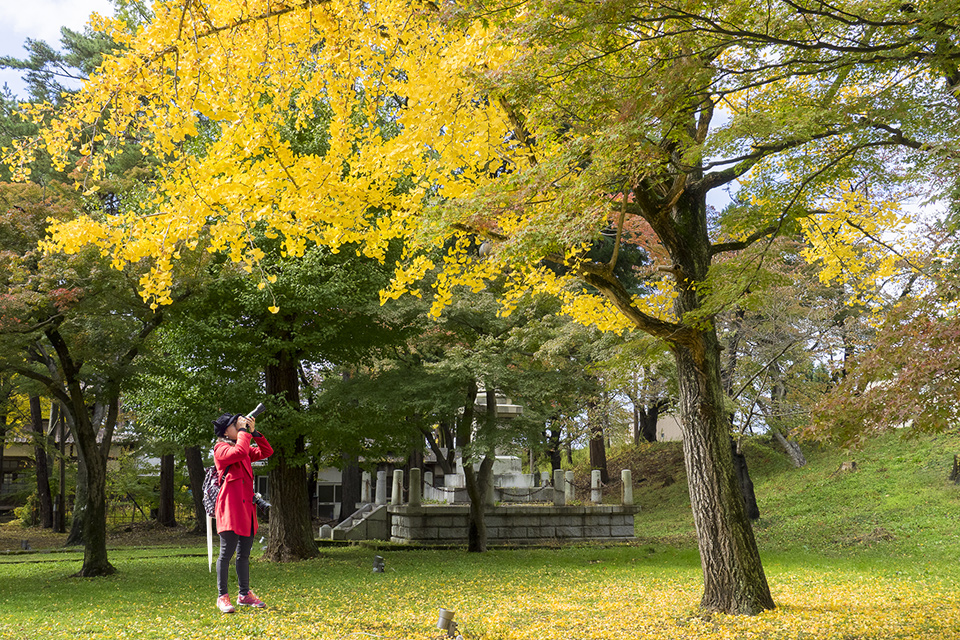
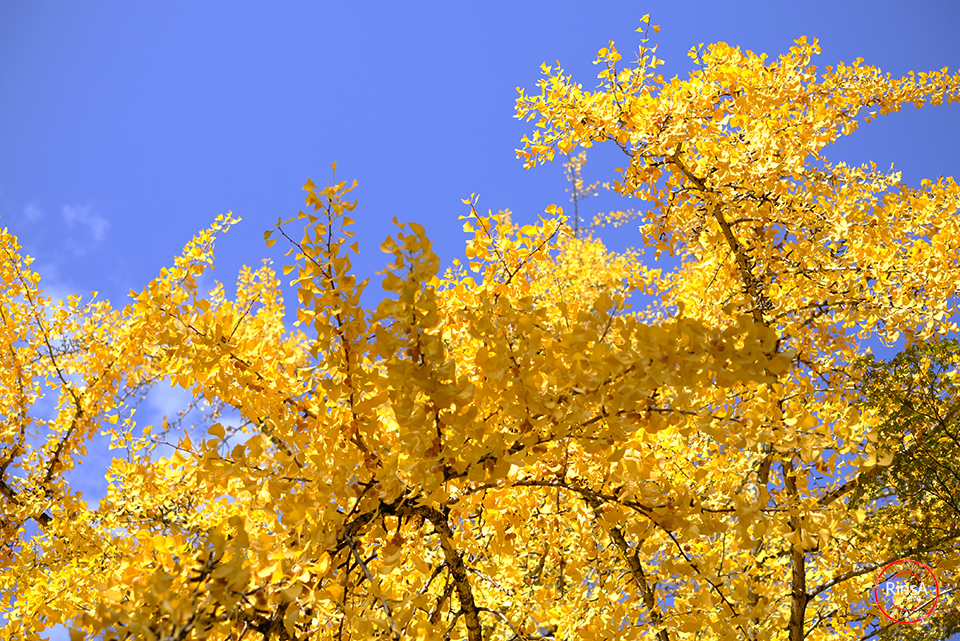
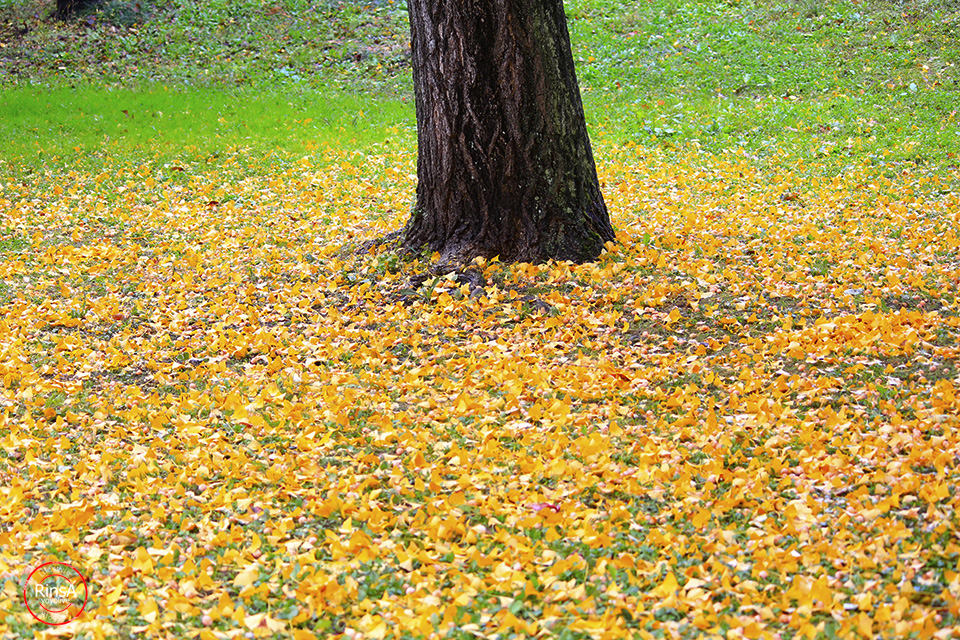
Autumn in Fukushima
The majestic ginkgo trees ablaze in vibrant yellow hues, a breathtaking spectacle of autumn foliage in Fukushima. Fallen golden leaves carpet the ground, while crimson maple leaves paint the surrounding landscape. This captivating display of nature's artistry is a sight to behold.
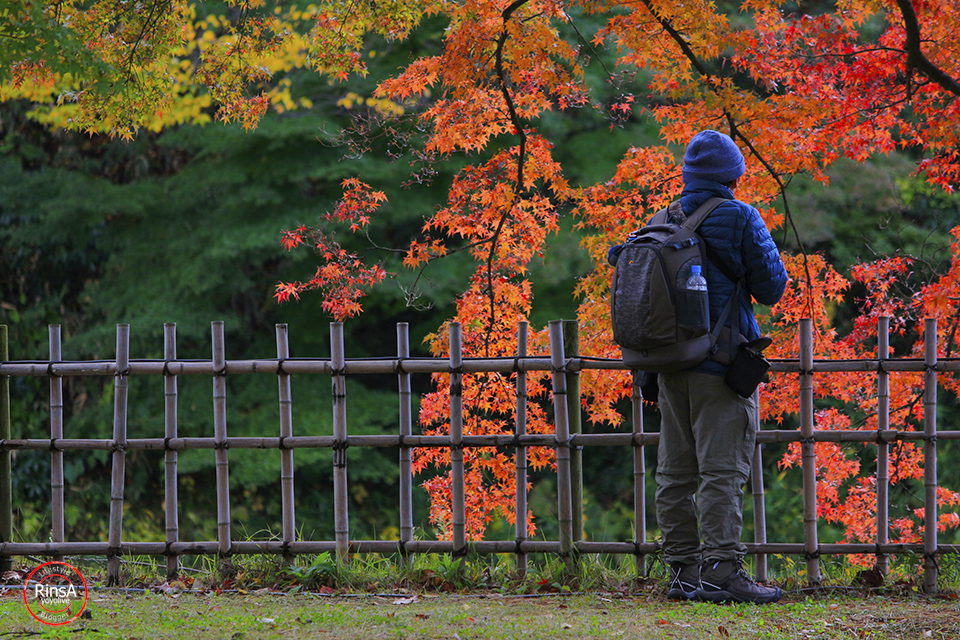
The shutters clicked rapidly, as if they were determined to capture this moment in time as much as possible.
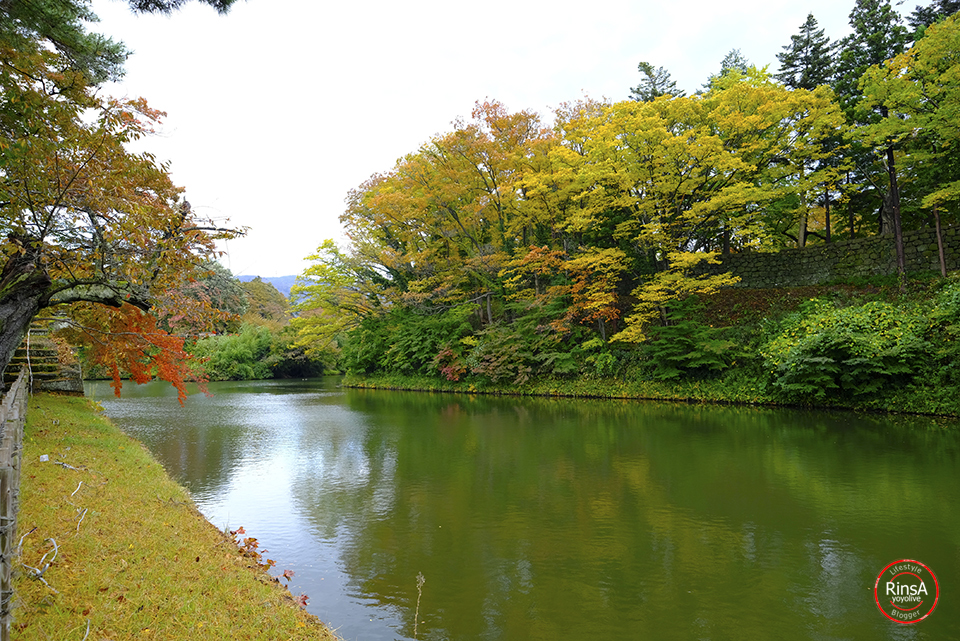
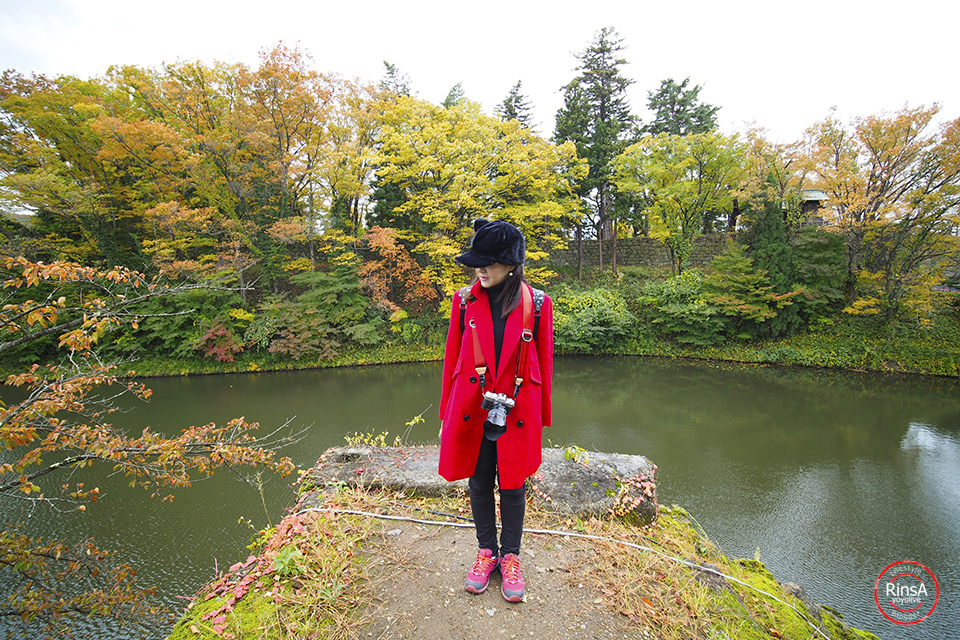
Even before entering the castle, the scenery along the way is breathtaking. We must race against the fading light on our first day.
We missed this spot before, but we won't miss it again. The simple beauty of the changing leaves truly captures our hearts.
Let's head to the Crane Castle (TSURUGA CASTLE).
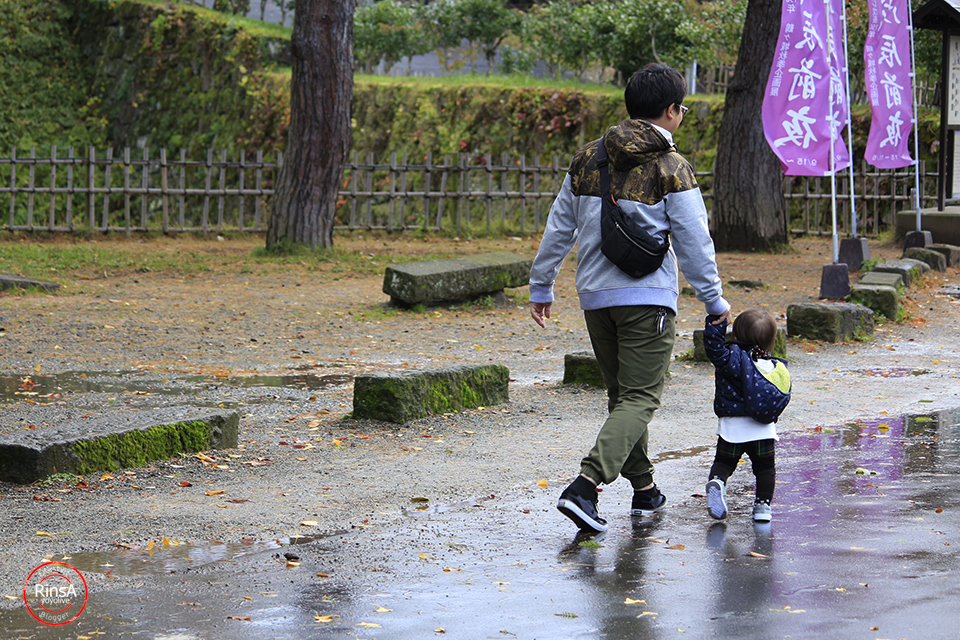

Most tourists are senior citizens. I must say that most tourists in Japan
are in very good health, so much so that we young people are ashamed. Lol
When we arrived at the Crane Castle, the fog rolled in and covered everything. 555


The castle and the sky are competing in whiteness, and they are both very white. ><
After waiting for a while, the sky still didn't turn blue, so we walked out. But when we turned around and walked away, the sky opened up again. But... we didn't go back to take pictures. 555
Because at that time, the wind was very strong, so strong that the umbrella was about to fly away.
Fortunately, the fat in our body is still thick, so we didn't fly away with the wind. Hee hee.
Let's wait for the time and take the green sightseeing bus that will pass by again in the next round. It will tell you how many minutes it will be before it stops here.
It's quite enjoyable to take a bus and watch the city.
And we didn't reach the second destination, which is the ancient wooden pagoda Sazaedo.
That's it, you see the way up there? That's it.
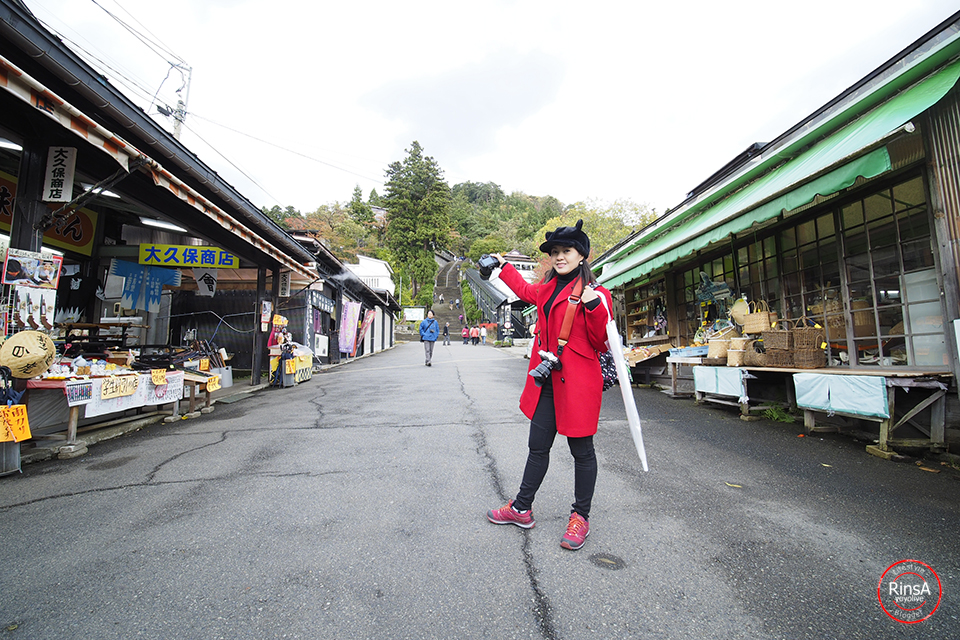
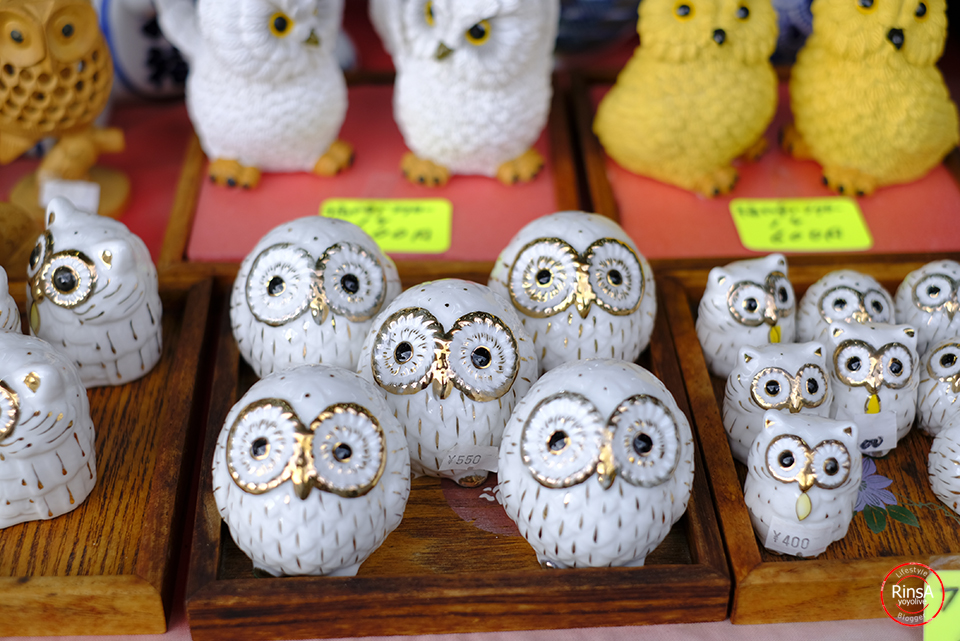
Surrounding the entrance are souvenir shops and traditional Japanese snacks, as well as a variety of food and souvenirs.
Along the way, we can only look with our eyes, leave it for now, we have already marked what we want to take on the way back ^^
We have to climb the stairs first.
Hey, are you sure? The stairs are steep and there are many steps to get to the top.

Most of the people who climbed the stairs were elderly. This shows that Japanese people are really strong.
As for me, a teenager, I paid 250 yen (75 baht) to take the escalator. 555
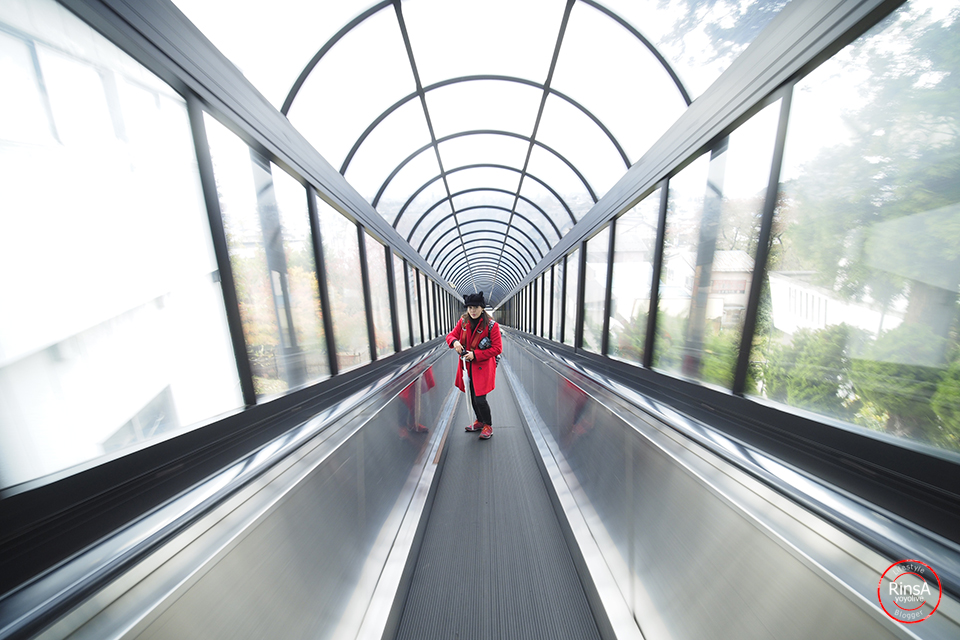
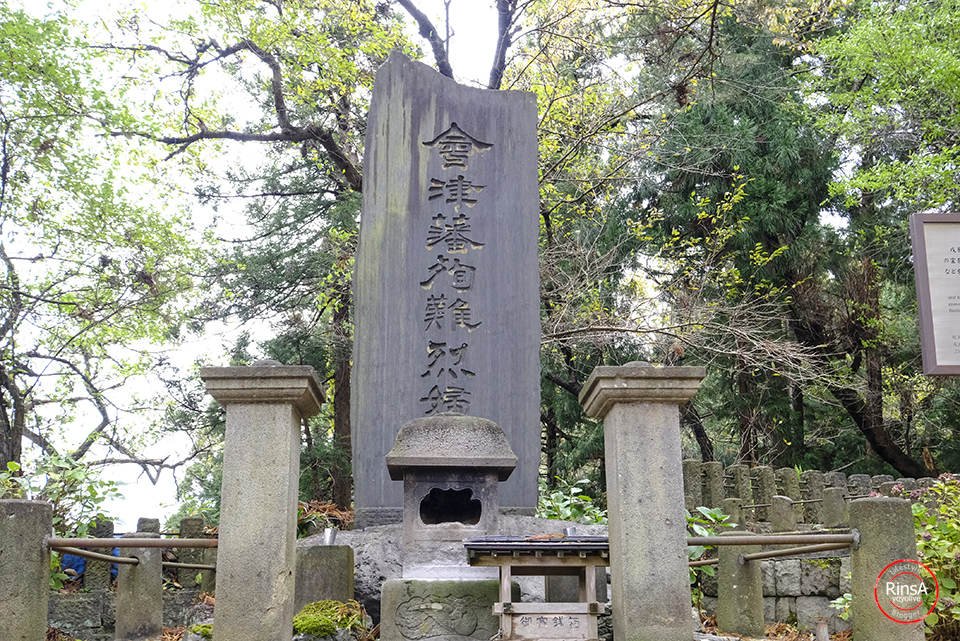
Aizu City, where the ancient atmosphere and culture still linger throughout the city. On top of this mountain, there are many graves scattered around.
It is said to be the graves of the 19 young soldiers of the Byakkotai, or White Tiger Army, who committed seppuku (ritual suicide) by disembowelment.
They believed that their lord and his family had all perished and took their own lives as an act of responsibility for failing to protect their homeland.
Later, a shrine was built and the graves were placed on Mount Iimori.
OMG! 19 people committed suicide together?!
But walking here is so eerie. The wind is blowing with a light rain. ><
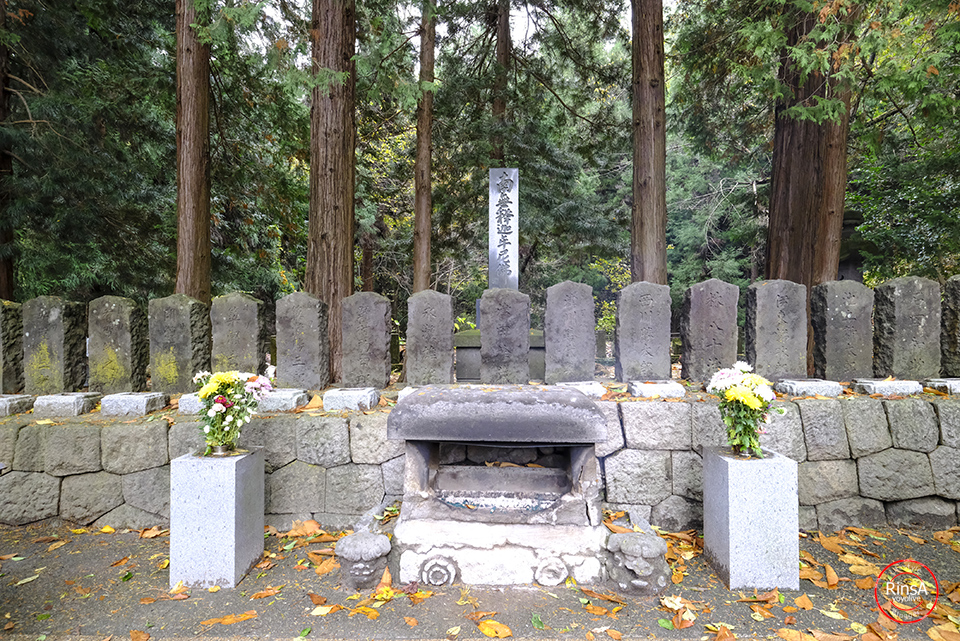

We descended the same path, with a path leading to the right towards the ancient wooden pagoda, Sazaedo. Looking down, we could clearly see the difference between the stairs we had climbed and the faint path we had initially chosen. Even the signs for tourists were written in Japanese.
We arrived at the ancient wooden pagoda, Sazaedo. It has a strange appearance, leaning slightly, but I must say, it is incredibly unique. If you climb it yourself, you will experience its peculiarity firsthand.
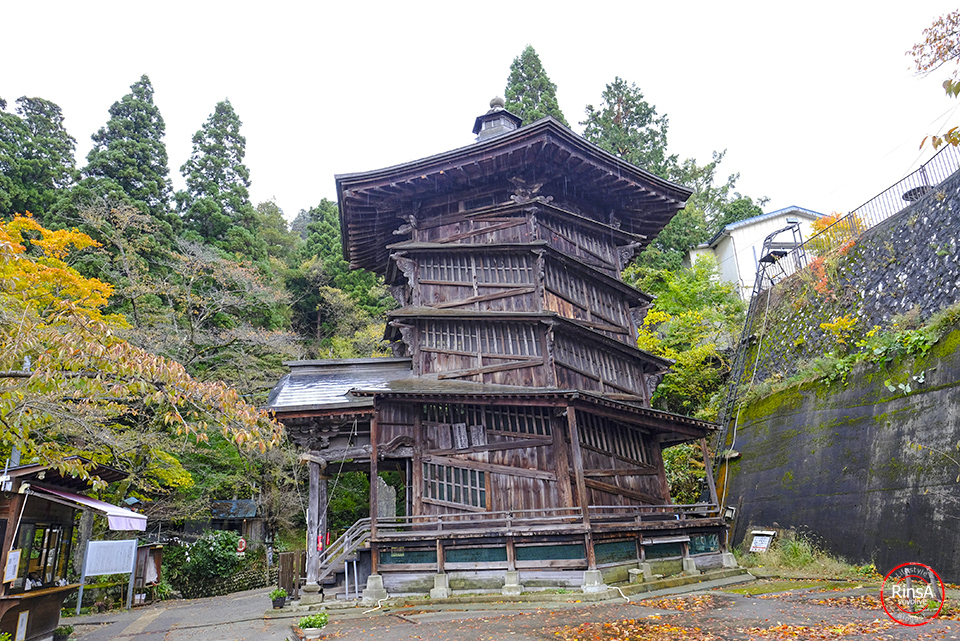

The Sazaedo Pagoda: A Unique Spiral Staircase
The Sazaedo Pagoda, built in 1796, boasts a unique spiral staircase that winds its way up to the top. This distinctive feature, unlike anything else in the world, earned the pagoda recognition as a National Cultural Heritage site in 1995.
Visitors are encouraged to climb the unusual spiral staircase, which features separate ascending and descending paths that never intersect. The entrance fee for the Sazaedo Pagoda is 400 yen (approximately 120 baht).

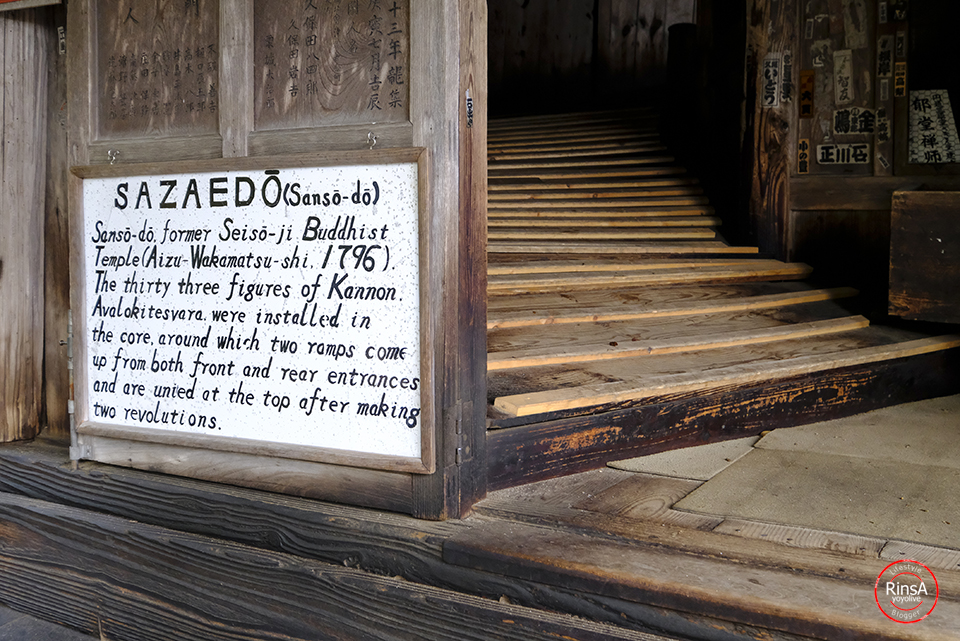
The Path to Enlightenment: A Spiraling Ascent at Sazaedo
The ascent to Sazaedo's pagoda is a unique experience, characterized by a steep, wooden walkway that spirals upwards along the pagoda's contours. This distinctive design, featuring two intertwined spiral pathways, ensures a unidirectional flow of pilgrims, preventing any collision between those ascending and descending.


The right-hand spiral staircase is used for ascending, while the left-hand spiral staircase is used for descending. This design dates back 200 years.
The various Japanese characters on the plaques are the names of Japanese people who have visited the pagoda.
However, it is probably best to limit the number of plaques, as too many would make the pagoda look cluttered.
The top of the wooden pagoda is like this, and the descent is also on the left-hand side, following the same path.
However, you will not encounter anyone who is ascending, and even the exit leads to a different path.

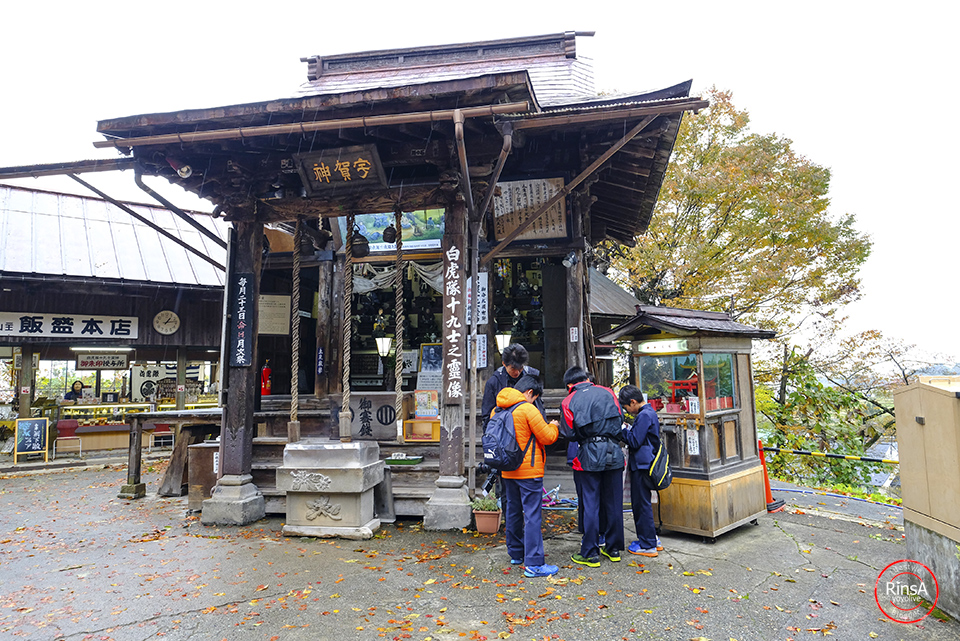
She has arrived, along with the drizzle that has come down to greet us again.
This time, there is no clear indication of where to go, so we went for a walk around the souvenir shops, thinking that we might get something to take home with us.
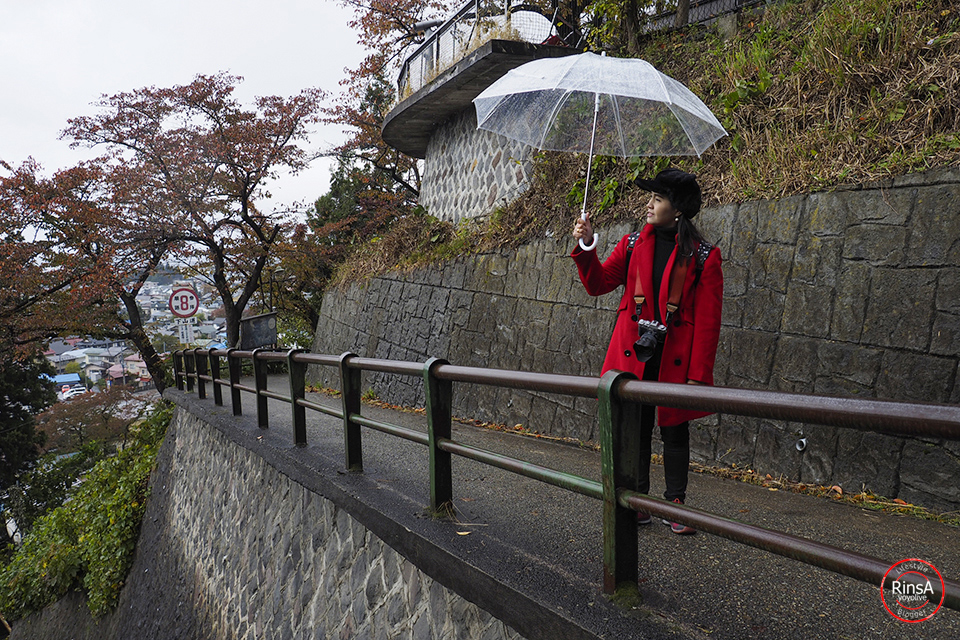
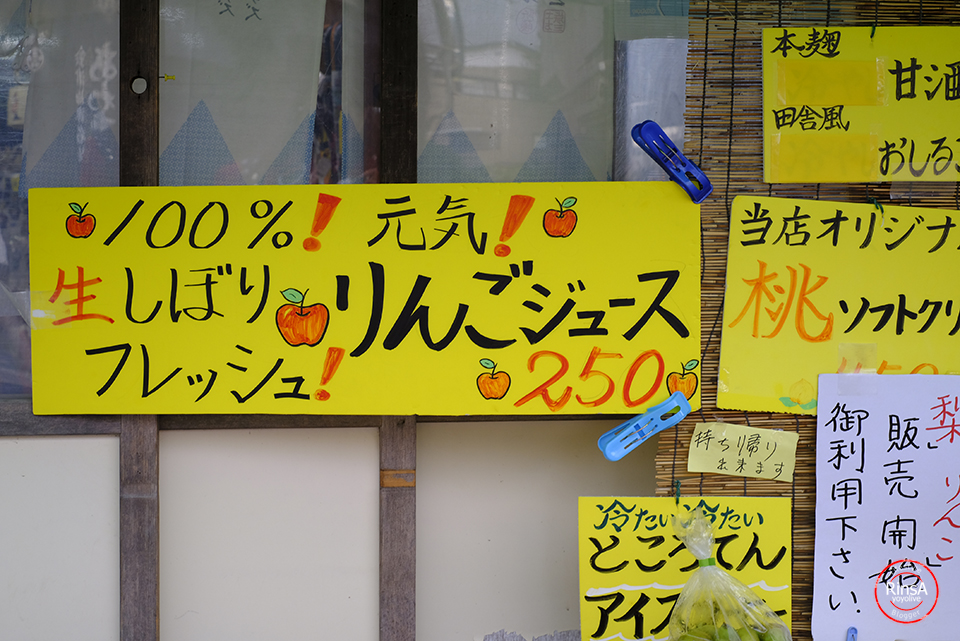
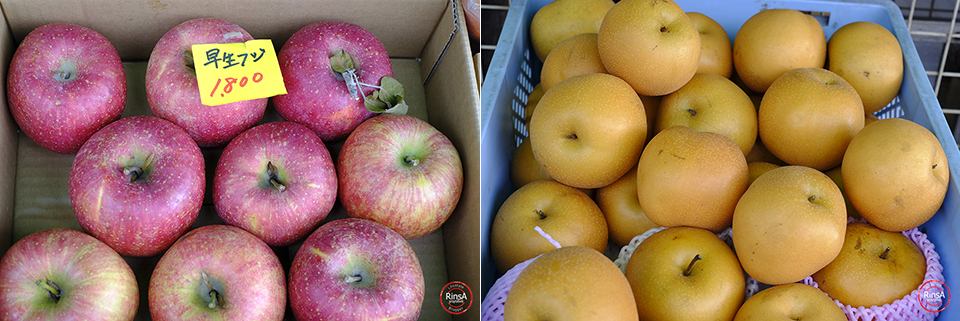
I saw a huge apple, but I didn't buy it because I just bought one yesterday and I can guarantee it's crispy and delicious.
What I'm eyeing is a dessert from a shop that makes them fresh.
It's similar to mochi with filling, and when it's baked, it smells so good that I had to follow it to the shop. Hehe.
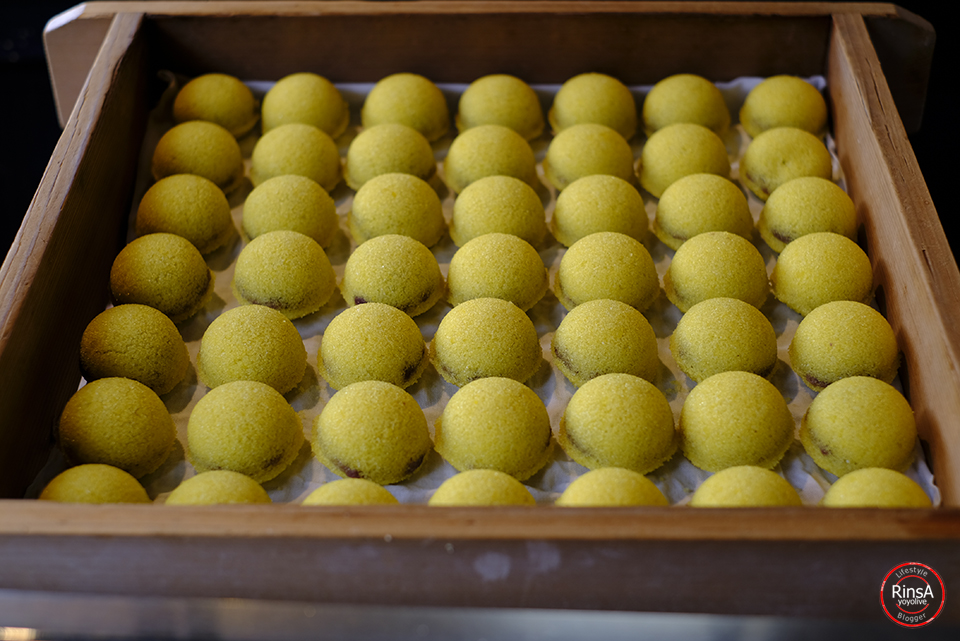

When I looked inside the dumplings, they were packed with black bean and sweet potato fillings. I ordered two flavors, five dumplings each.
They were beautifully arranged in a box and wrapped in a nice package. Each box cost 1500+ yen (450 baht).
I also bought several other boxes of sweets, thinking that I wouldn't be going anywhere else at that time (probably). So I carried the bag of sweets and took the bus back to the hotel. I stopped by a 7-Eleven
and bought a lunch box to microwave and eat.
But no, the trip leader (Yi and Namfah) opened the computer and showed me another interesting place, an onsen village that was also worth visiting. Other than that, there were various museums that we didn't think were interesting.
We waited to get on the bus again. Our One Day Pass was still valid for the day, so we went to
Higashiyama Onsen, an onsen village.
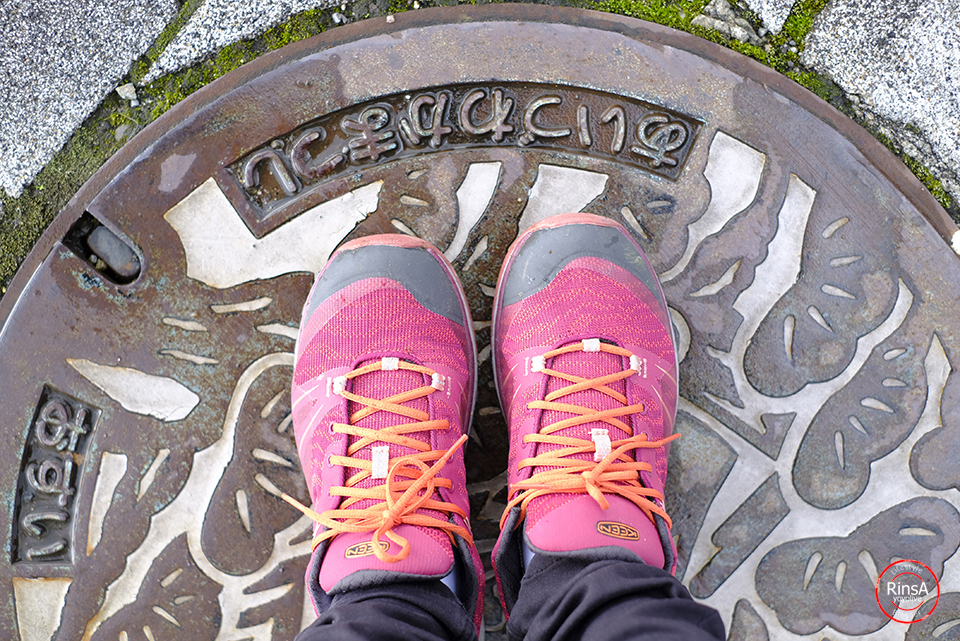

After concluding that a One Day Pass in Aizu City would not yield any highlights, we realized that our lack of knowledge about each location and the appropriate bus parking spots, combined with the absence of information in languages other than Japanese, hindered our exploration. However, upon arriving at Higashiyama Onsen during our second sightseeing bus tour, we recognized that this would be the most magnificent highlight of our four-day trip to Fukushima. ^^
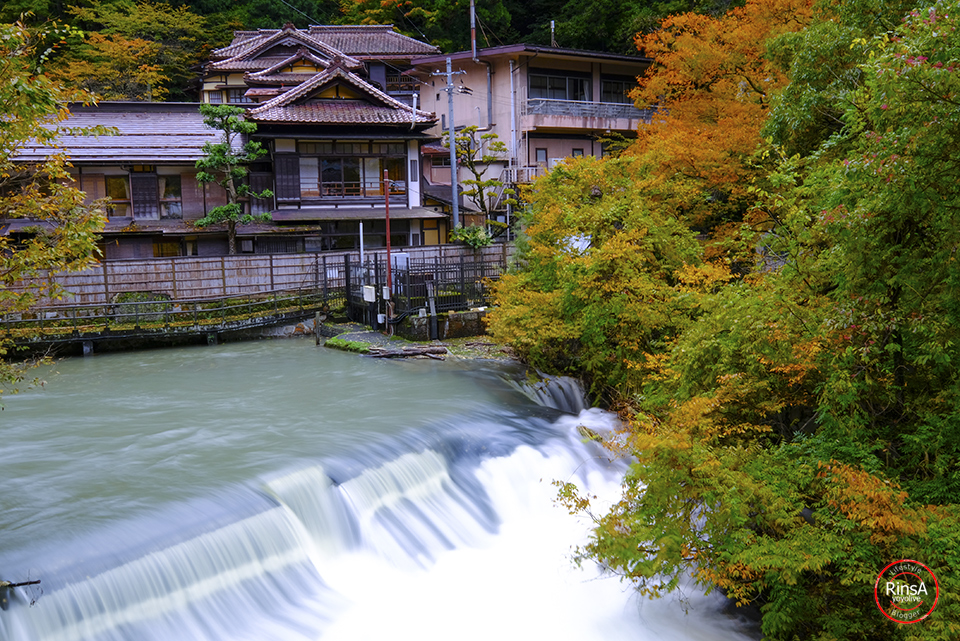


Higashiyama Onsen is a hot spring resort located in a valley east of the city center.
It consists of 2-3 hotels and a number of shops that cater to tourists.
There are also hot springs available for bathing, which are surrounded by the valley.
The most prominent ryokan in the area is Mukaitaki Ryokan, which is constructed with a traditional wooden building, unlike other hotels that are made of concrete.
In front of the building, there is a ryokan sign written in gold that catches the eye of passersby.

The foliage season here is truly breathtaking. We must hurry to capture the beauty before the evening light fades.
It's truly stunning!
I can assure you that the deeper you venture into this onsen village, the more captivating it becomes. It's truly a sight to behold.

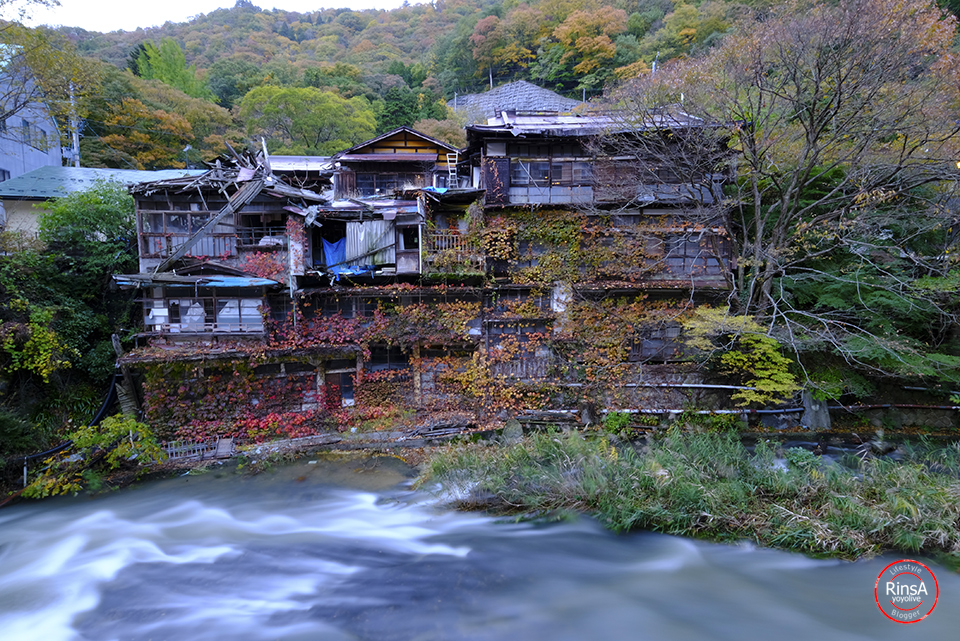
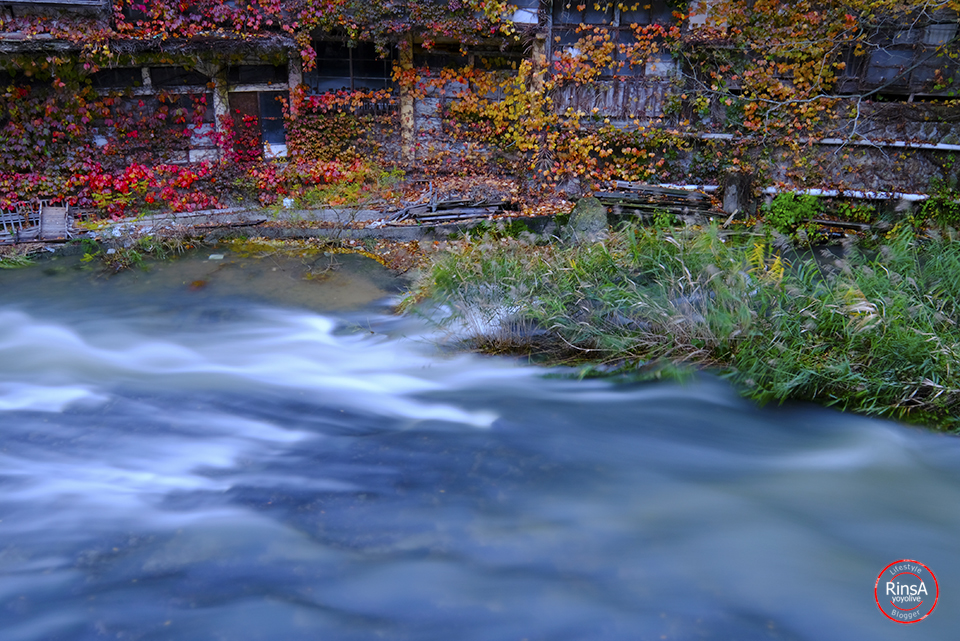
The beauty of this onsen village is its unique art and architecture, with a flowing stream and a waterfall in the background. We blurred the waterfall in the photo, so we won't include it here, but it was truly magnificent. We enjoyed taking photos here, especially as the evening air grew increasingly cold. Our hands became stiff from the cold! Finally, as the last light of the day faded, we focused on the Mukaitaki Ryokan, the most outstanding and beautiful inn in the Higashiyama Onsen village. We edited the sky color because the actual sky was a dull white. We wanted a more dramatic effect, so we changed the sky to a more vibrant color.
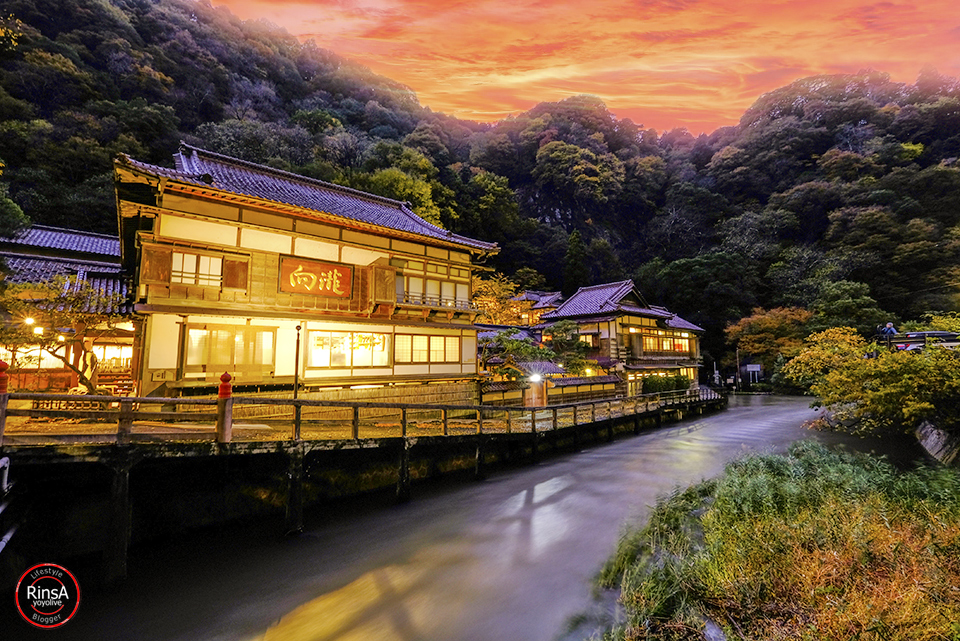
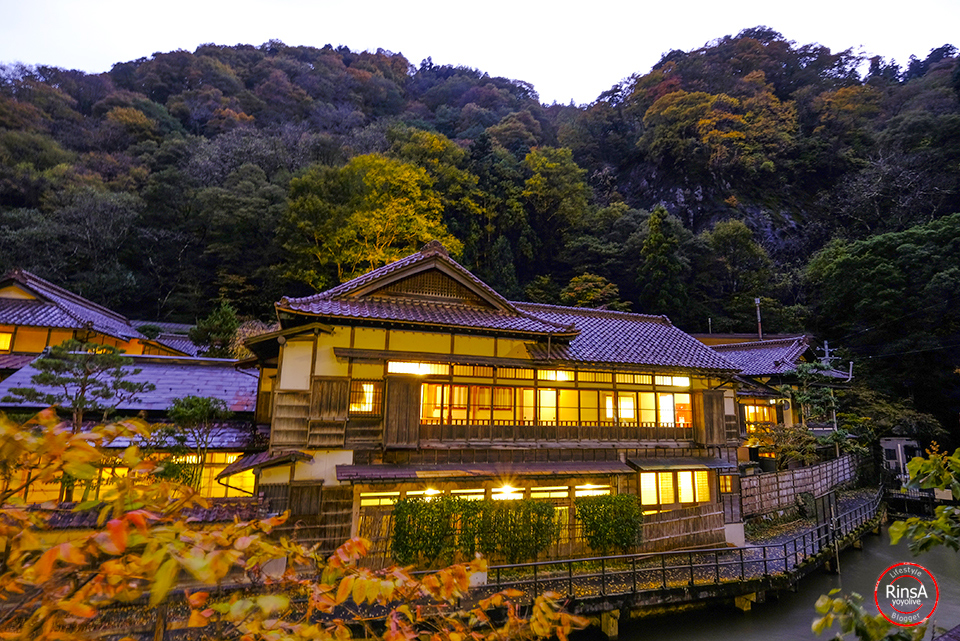
The sky was like this in reality. And then Day 4 of our trip really came to an end. At least we had some amazing highlights.
Let me tell you, coming to the onsen village during the snowfall makes it even colder and even more beautiful. Japan is beautiful in every season, just as they say.
If we don't post a picture of our dinner one day, it means we went to the Seven-Eleven and grabbed some instant noodles. 555
Let me tell you, Japanese instant noodles are soooo delicious.
See you for the travel story > Autumn Fukushima < Day 5.
I can tell you that the more you travel around Fukushima, the more beautiful places you will find!
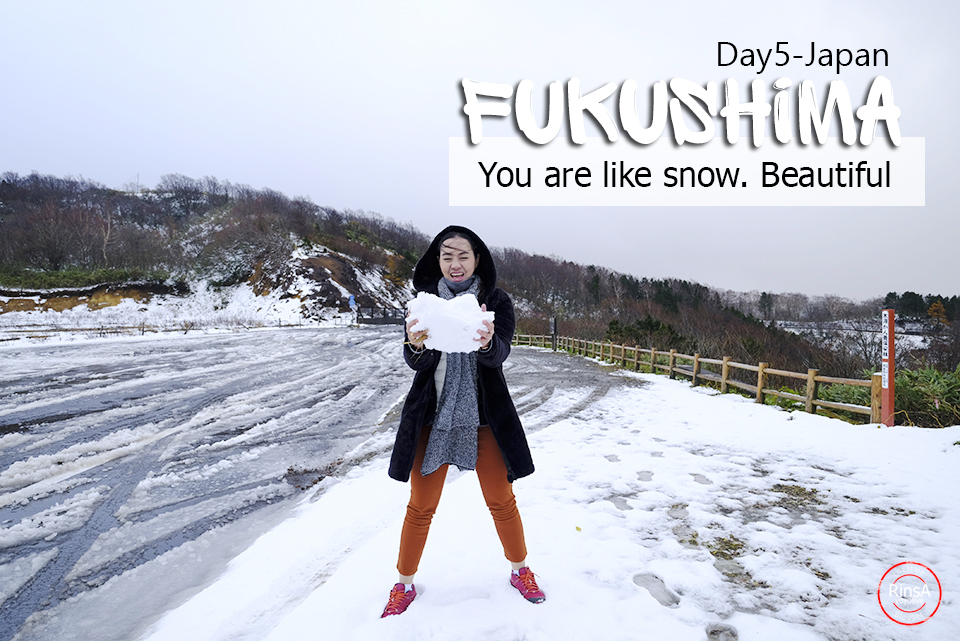
Screaming with the first snow in Fukushima.
Thank you for watching.
RinSa YoyoLive
Friday, November 8, 2024 4:09 PM









